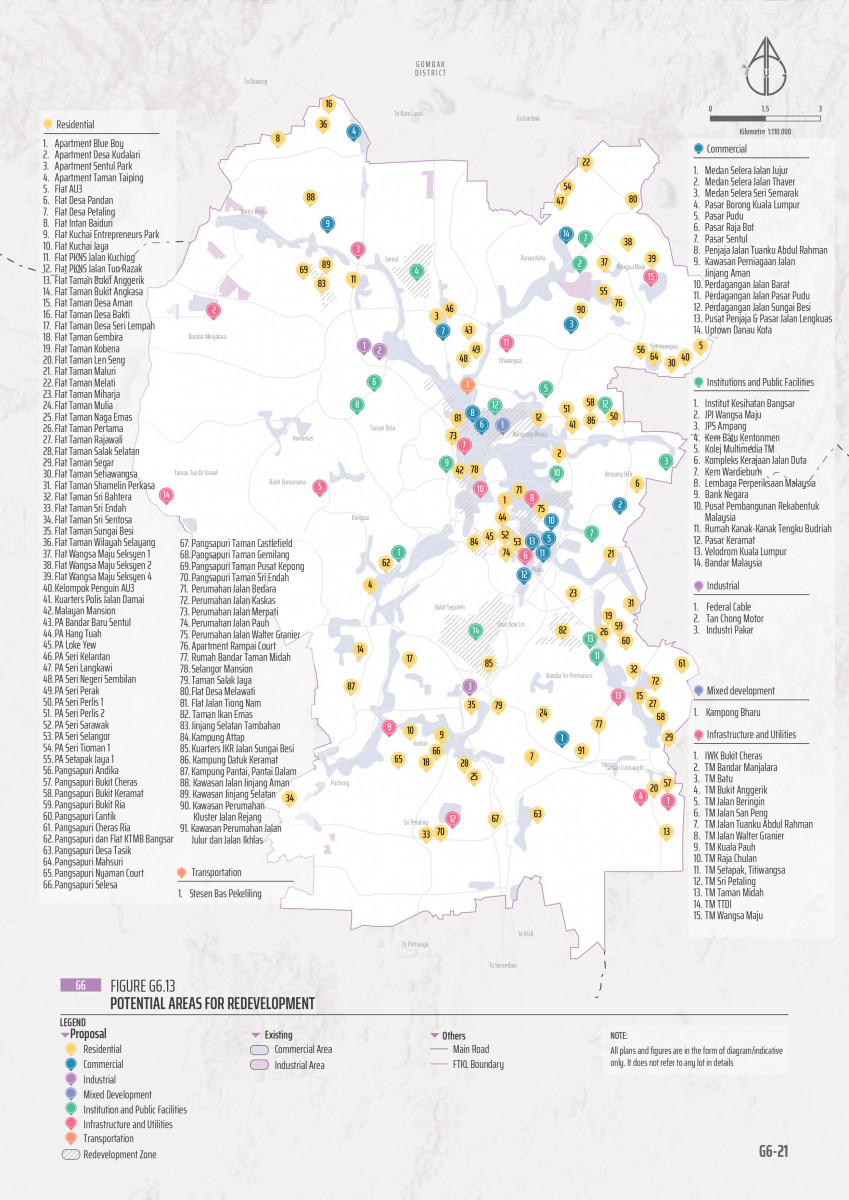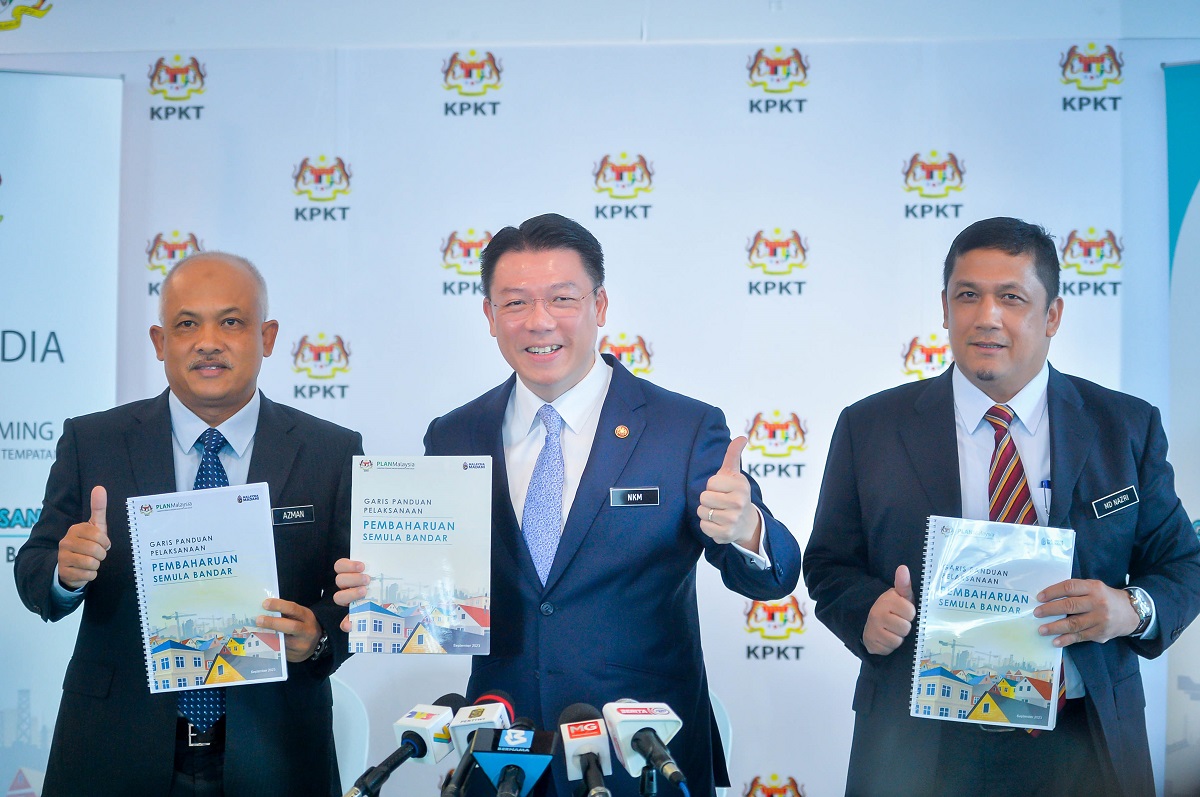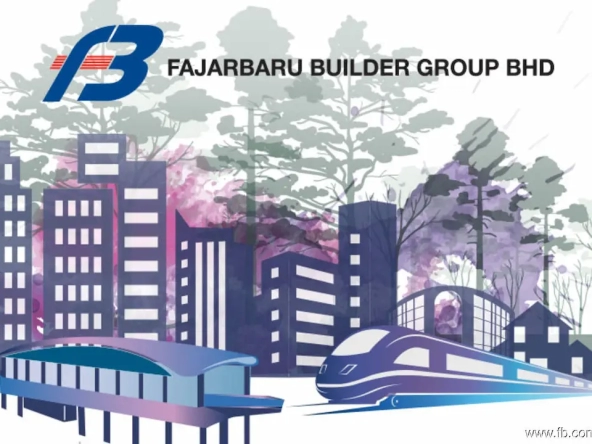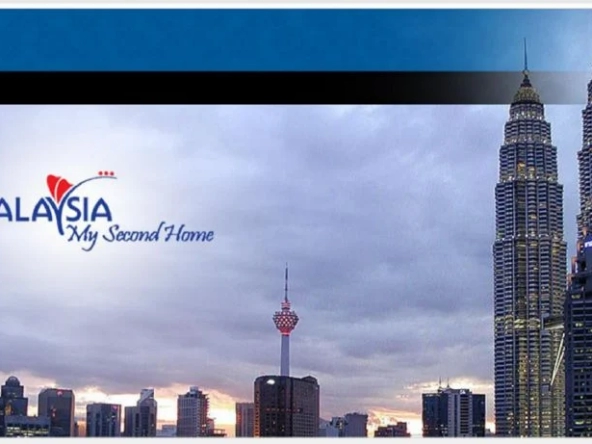- The guidelines function as a strategic tool, inviting developers and relevant parties to revitalise areas with untapped potential through a set of attractive incentives.
- Monch Farid / EdgeProp January 15, 2024 |
KUALA LUMPUR (Jan 15): The Urban Renewal Implementation Guidelines (GPP PSB) introduced by KPKT last September stand as a pivotal reference for developers and stakeholders who are interested in urban renewal projects.
With the new Urban Renewal Act expected to be tabled this year, GPP PSB is more than just a manual. It functions as a strategic tool, inviting developers and relevant parties to revitalise areas with untapped potential through a set of attractive incentives.
In documents shared by KPKT, GPP PSB outlines the proposed incentives in the form of tax-based and non-taxed-based measures:
1. Tax-based incentives:
Exemption of development charges
Exemption of Infrastructure Service Fund charge for residential projects involved
Reduction in nominal land premium rates imposed or special payments determined by state authority (PBN) to government agencies, and incentives for private developers
Reduction of arrears in assessment tax rates or introducing new assessment tax rates as an incentive for buyers
2. Non-tax incentives:
Increase in development density or plot ratio.
Fast-lane in the development process and land affairs, such as change in the category of land use, extension of lease periods, and land acquisition process
Expedited land works approval process including demolishing the existing building
Exemptions or reductions in the percentage of construction for additional components based on state government policies like the percentage of affordable housing provision
Provision of open spaces that are flexible and optimised
Criteria for urban renewal sites
With the criteria for renewing urban areas spelt out clearly, this will assist interested developers and parties in implementing the GPP PSB.
Several areas with the potential for urban renewal development have been identified and categorised based on their respective types and characteristics:
1. Brownfield areas: This includes buildings left dormant for over a decade, completed yet unsold buildings for over 10 years, former mining sites and quarries, and former depots or public transportation stations.
2. Greyfield areas: Buildings that are underutilised and stagnant, areas where the land value exceeds that of the remaining structures, and areas lacking potential for development while being unsafe for occupation fall under this category.
3. Populated areas: This encompasses squatter settlements within the city, old and abandoned residential areas, infill development zones, strata and non-strata residential areas, as well as disaster-prone areas within the city.
139 potential areas for urban renewal development
The Kuala Lumpur City Hall (DBKL) has identified 139 potential areas listed for redevelopment in the city, with 91 of them being residential sites, as indicated in the KL Structure Plan 2040 (KLSP2040) (see image below).

(Read also: KLSP2040: 139 areas identified as redevelopment areas including 91 residential sites)
The document also stated that “the impact of the potential redevelopment is expected to increase more than 139 areas and it is highly encouraged to create a more attractive environment in Kuala Lumpur”.
For more details on GPP PSB, download it from the PLANMalaysia (Town and Country Planning Department) website. As for KLSP2040, visit DBKL website to download the soft copy.




